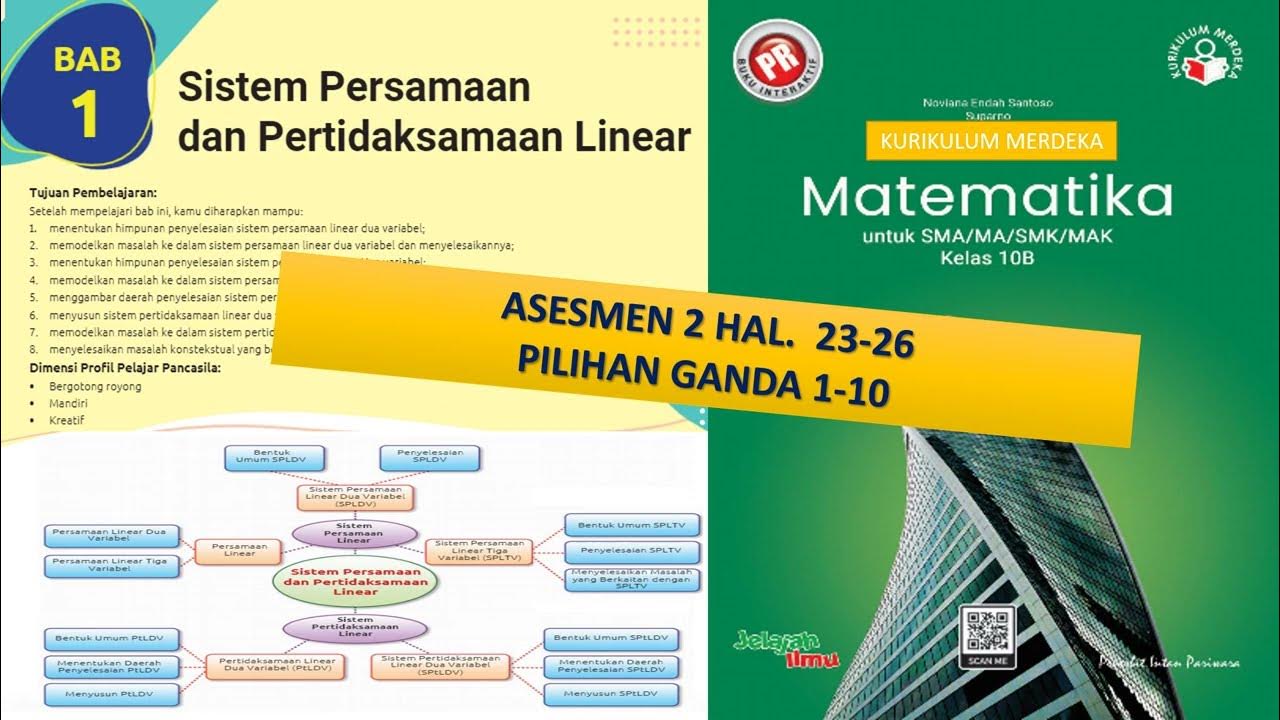Rotational Kinematics Physics Problems, Basic Introduction, Equations & Formulas
Summary
TLDRThis video provides a comprehensive guide to solving problems related to rotational kinematics. It introduces key formulas for both linear and angular motion, highlighting their similarities. The tutorial includes practical examples, such as calculating revolutions and linear distance traveled by a wheel under various conditions. The video also covers concepts like angular acceleration and how to convert angular displacement to revolutions. Overall, it effectively simplifies complex rotational motion concepts, making them accessible for learners.
Takeaways
- 😀 Understanding the relationship between linear and angular motion is crucial for solving rotational kinematics problems.
- 📏 The basic equations of motion for linear and angular scenarios are analogous, allowing for straightforward conversions between them.
- 🔄 For constant speed, angular displacement can be calculated using the formula θ = ωt, where θ is angular displacement, ω is angular speed, and t is time.
- ⚡ When dealing with constant acceleration, the equations must be adjusted by replacing linear variables (v, a, d) with their angular counterparts (ω, α, θ).
- 🕒 Time conversions are essential; for example, converting minutes to seconds is necessary for calculations involving time in kinematics problems.
- 🔢 Understanding how to convert radians to revolutions is important for interpreting angular distance accurately.
- 🌀 The relationship between arc length and radius is described by the formula d = θr, where d is linear distance, θ is angular displacement, and r is the radius.
- 📊 Calculating average angular speed involves finding the mean of initial and final angular speeds, useful for problems with changing speeds.
- 📉 Average angular acceleration can be calculated using the change in angular speed divided by the time taken.
- 🚀 Linear acceleration is directly related to angular acceleration by the radius, emphasizing the interplay between these two forms of acceleration.
Q & A
What are the basic equations for translational motion?
-The basic equation for translational motion with constant speed is d = vt, where d is displacement, v is linear speed, and t is time.
How does angular displacement relate to angular velocity?
-Angular displacement (θ) is related to angular velocity (ω) by the equation θ = ωt, indicating that the angular displacement is the product of angular speed and time.
What equation represents the final speed of an object under constant acceleration?
-The equation v_final = v_initial + at represents the final speed of an object under constant acceleration, where a is the acceleration and t is the time.
What is the angular version of the equation for displacement under constant acceleration?
-The angular version is ω_final = ω_initial + αt, where α is angular acceleration.
How do you convert angular distance in radians to revolutions?
-To convert angular distance in radians to revolutions, divide the angular distance by 2π radians, since one revolution equals 2π radians.
What is the relationship between linear and angular velocity?
-Linear velocity (v) is related to angular velocity (ω) by the equation v = ωr, where r is the radius.
How do you calculate the linear distance traveled by a wheel given its angular distance?
-The linear distance (s) traveled by a wheel is calculated using the formula s = θr, where θ is the angular distance in radians and r is the radius.
What steps are involved in solving for final angular speed given initial speed and acceleration?
-To find the final angular speed, use the equation ω_final = ω_initial + αt, substituting the initial speed, angular acceleration, and time.
How can average angular acceleration be determined?
-Average angular acceleration can be calculated using the formula α = (ω_final - ω_initial) / t, where t is the time period.
What equation do you use to find angular distance when initial and final angular speeds are known?
-To find angular distance when initial and final angular speeds are known, use the equation θ = (ω_initial + ω_final)/2 * t.
Outlines

このセクションは有料ユーザー限定です。 アクセスするには、アップグレードをお願いします。
今すぐアップグレードMindmap

このセクションは有料ユーザー限定です。 アクセスするには、アップグレードをお願いします。
今すぐアップグレードKeywords

このセクションは有料ユーザー限定です。 アクセスするには、アップグレードをお願いします。
今すぐアップグレードHighlights

このセクションは有料ユーザー限定です。 アクセスするには、アップグレードをお願いします。
今すぐアップグレードTranscripts

このセクションは有料ユーザー限定です。 アクセスするには、アップグレードをお願いします。
今すぐアップグレード関連動画をさらに表示

8.2. Rotational Kinematics

Torsional Vibrations of a Single Rotor System - Problem Solving | DOM | Module 6 | KTU S6 ME

QUAL FÓRMULA USAR??? - [CINEMÁTICA DO ZERO]

Pembahasan Buku PR Matematika Kelas XB Intan Pariwara|Asesmen 2 Pilihan Ganda No.1-10|Kurmer

F23 - Kesetimbangan Benda Tegar ,cara mudah memahami.

Matematika Kelas 8 Bab 4 - Sudut Luar Segi Banyak - hal. 113 - 114 - Kurikulum Merdeka
5.0 / 5 (0 votes)
